Sunset Boulevard (1950) and Fedora (1979)
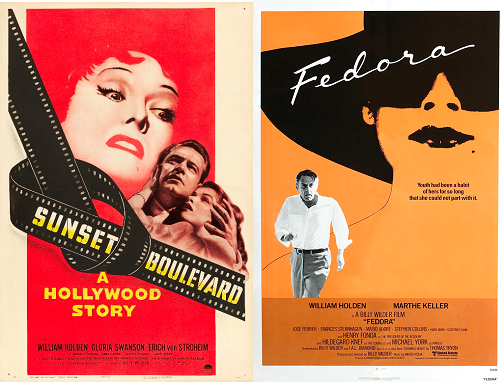
Toronto Film Society presented Sunset Boulevard (1950) on Monday, July 20, 1981 in a double bill with Fedora (1979) as part of the Season 34 Summer Series, Programme 2.
SUNSET BOULEVARD (1950)
Production Company: Paramount. Producer: Charles Brackett. Director: Billy Wilder. Assistant Director: C.C. Coleman, Jr. Script: Charles Brackett, Billy Wilder, D.M. Marshman, Jr. Director of Photography: John F. Seitz. Process Photography: Farciot Edouart. Special Photographic Effects: Gordon Jennings. Editorial Supervisor: Doane Harrison. Editor: Arthur Schmidt. Art Directors Hans Dreier, John Meehan. Set Decorators: Sam Comer, Ray Moyer. Music: Franz Waxman; also “Salome’s Dance of the Seven Veils” by Richard Strauss. Song: “The Paramount Don’t Want Me Blues by Jay Livingston, Ray Evans. Sound: Harry Lindgren, John Cope.
Cast: Gloria Swanson (Norma Desmond), William Holden (Joe Gillis), Erich Von Stroheim (Max von Mayerling), Nancy Olson (Betty Schaefer), Fred Clark (Sheldrake), Jack Webb (Artie Green), Lloyd Gough (Morino), Franklyn Farnum (Undertaker), Larry Blake (First Finance Man), Charles Dayton (Second Finance Man) Cecil B. De Mille, Hedda Hopper, Buster Keaton, H.B. Warner, Ray Evans, Jay Livingston, and Anna Q. Nilsson as Themselves.
FEDORA (1979)
Production Company: Geria Film/Bavaria Atelier in Association with La Societe Francaise de Production. Producer: Billy Wilder. Associate Producer. I.A.L. Diamond. Director: Billy Wilder. Assistant Directors: Wieland Liebske, Stavros Kaplanidis, Jean-Patrick Constantini, Don French. Script: Billy Wilder, I.A.L. Diamond, based on the story in the book “Crowned Heads” by Thomas Tryon. Photography: Gerry Fisher. Colour: Eastman Colour. Camera Operator: Bernie Ford. Process Sequence: Theo Nischwitz. Editor: Fredric Steinkamp, Stefan Arnsten. Production Designer: Alexandre Trauner. Art Director: Robert Andre. Set Decorator: Charles Merangel. Sculpture: Giulio Tamassy. Special Effects: Charly Baumgartner. Music: Miklos Rozsa. “Dance of the Brave Ones” by Georgo Mitsakis. Sound Editor: Gordon Daniel, Carl Mahakian. Sound Recording: David Hildyard. Sound Re-Recording: Robert Litt.
Cast: Marthe Keller (Fedora), William Holden (Barry Detweiler), Hildegard Kneff (Countess Sobryanski), Jose Ferrer (Dr. Vando), Mario Adorf (Hotel Manager), Michael York and Henry Fonda (Themselves), Frances Sternhagen (Miss Balfour), Hans Jaray (Count Sobryanski), Gottfried John (Kritos), Stephen Collins (Barry Detweiler aged 25), Jacques Maury (Head Usher), Arlene Francis (TV Newscaster), Christine Mueller (Antonia, as a child), Ellen Schwiers (Nurse), Ferdy Mayne (Director of “Leda and the Swan”), Peter Capell (Director of “The Last Waltz”), Bob Cunningham (Assistant Director), Christopher Kuenzler (Clerk), Mary Kelly (Gladys), Elma Karlowa (Maid), Panos Papadopoulos (Bartender), Rex McGee (Photographer).
“I’ve never tried to repeat a success of mine. But sequels are very fashionable today. The picture I’m preparing now, Fedora, well, I was seriously thinking, to make it sound more fashionable, of calling it Fedora II” – Billy Wilder.
It’s appropriate that a time when Hollywood was obsessed with sequels and remakes (it still is) that one of its most established and prolific writer/directors embarked on a virtual remake of his own film about Hollywood.
Sunset Boulevard is Billy Wilder’s classic film-noir on Hollywood and on its mythical faded movie queen Norma Desmond. The film is famous for Gloria Swanson’s stunning portrayal of this tired Hollywood relic who can never decide if she’s still a great star or merely an old has-been.
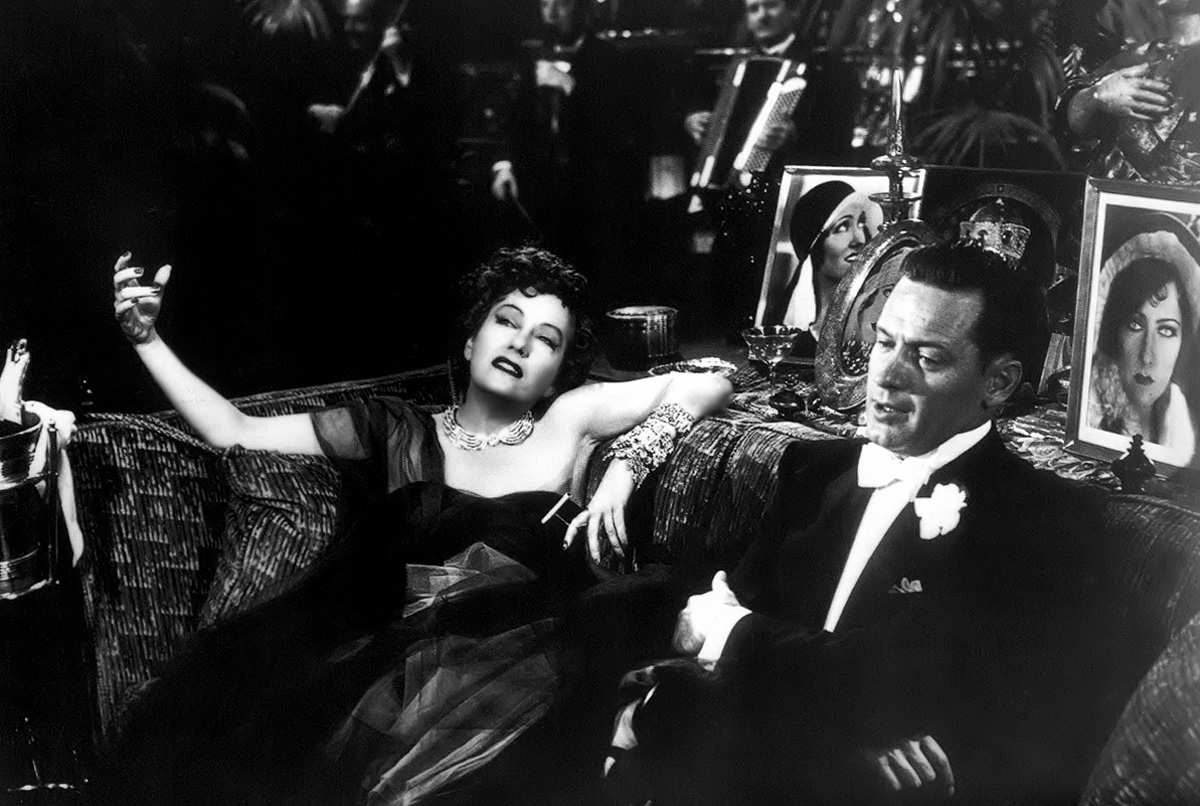
The lesser known Fedora is Wilder’s ’79 remake; a ghost from the past, and a re-examination of the themes and ideas explored in Sunset Boulevard some 29 years earlier. The “ghost” in this case is the title character, Fedora (Marthe Keller), also an ageing movie star trying to make a comeback. Like Norma Desmond she belongs to the Hollywood of the past; its legend rather than its reality. Hollywood legends it seems, are relative to their time and place. In Sunset Boulevard, Norma Desmond is the movie queen of silent films all but forgotten in the Hollywood of 1950. Fedora also belongs to the past, but her past, 30 years ago, is Norma Desmond’s present.
In both films the concept of time is inexorably linked to the ideas of illusion and reality, and legend and truth. William Holden’s appearance in almost identical roles ties the two films together and forms the link between past and present. In Sunset Boulevard he plays a down-on-his-luck screenwriter, Joe Gillis, whose body we see being dragged from a swimming-pool in the opening sequence of the film. This same “dead” man then narrates the film in flashback as if to re-enforce the idea that the past is merely an illusion of the reality of the present. It is Gillis who attempts to persuade the secluded Norma Desmond that a comeback is possible. For him, as for Norma, it is the legend that is all important. But the legend belongs to the past, and as she creens her old films they become a mirror image of the truth of her ageing and the decay that surrounds her present existence.
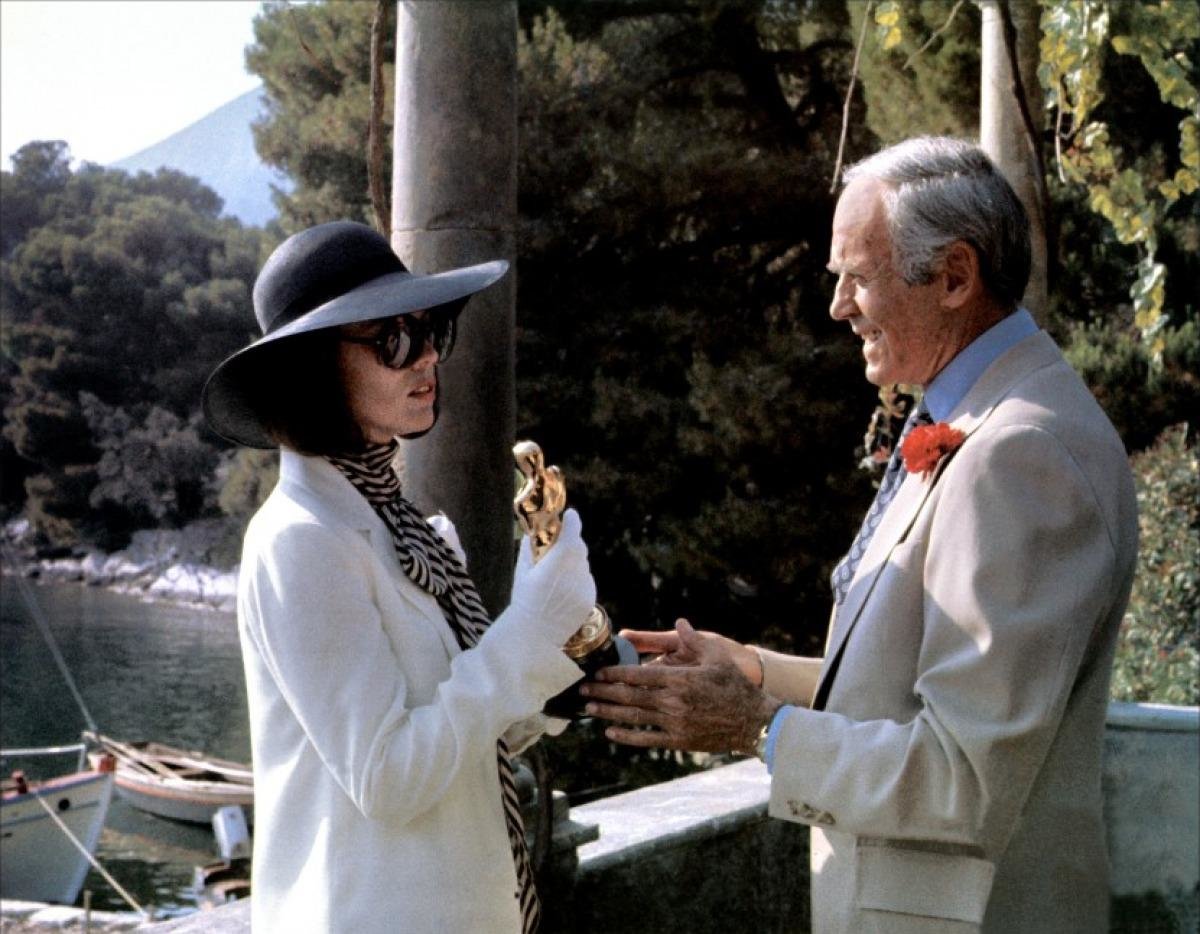
In Fedora, Joe Gillis is replaced by Barry Detweiler, an ageing down-on-his-luck producer who is somewhat reminiscent of Wilder himself. He is cynical of modern Hollywood filmmakers referring to them as “kids with beards–give them a zoom lens and they don’t need a script.” Detweiler’s attempts to finance his film of Tolstoy’s Anna Karenina parallels Wilder’s own problems in trying to make Fedora. Fedora is a French/West German co-production since no American studio was interested in the project.
To finance his film with tax-shelter money Detweiler tries to convince Fedora to make a comeback. The themes of Sunset Boulevard repeat themselves, and once again the outcome is tragic. To say too much more about the plot of Fedora would spoil some of the neat twists and surprises in the film. Suffice to say that the complex balance between illusion and reality challenges the audience to discern between the two. But maybe that’s what Hollywood is all about; a celluloid illusion that can never quite admit to its own decaying reality. After all, if Hollywood can make a man fly (TWICE) then surely Billy Wilder can remake his own film on the state of Hollywood’s decay, even if he did want to call it “Fedora II“.
References: Billy Wilder by Axel Madsen, Indian University Press, 1969, pp 76 to 86;
Billy Wilder’s Fedora by Adrian Turner & Neil Sinyard, Sight & Sound Magazine, Summer 1979, pp 160 to 165
Notes by David Wells


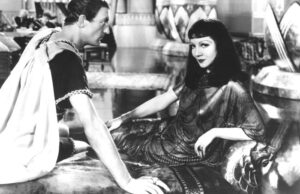
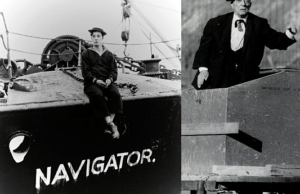






Leave a Reply